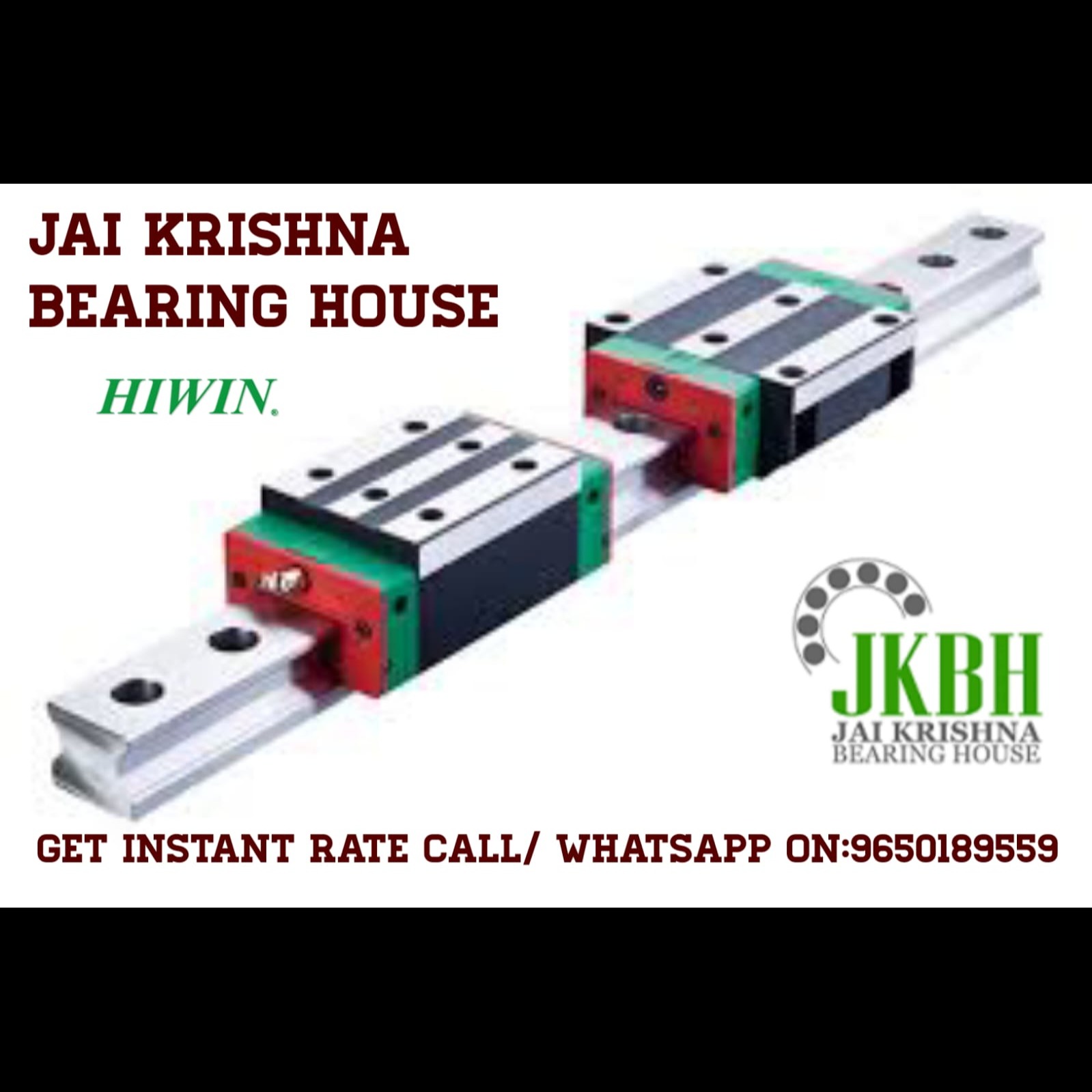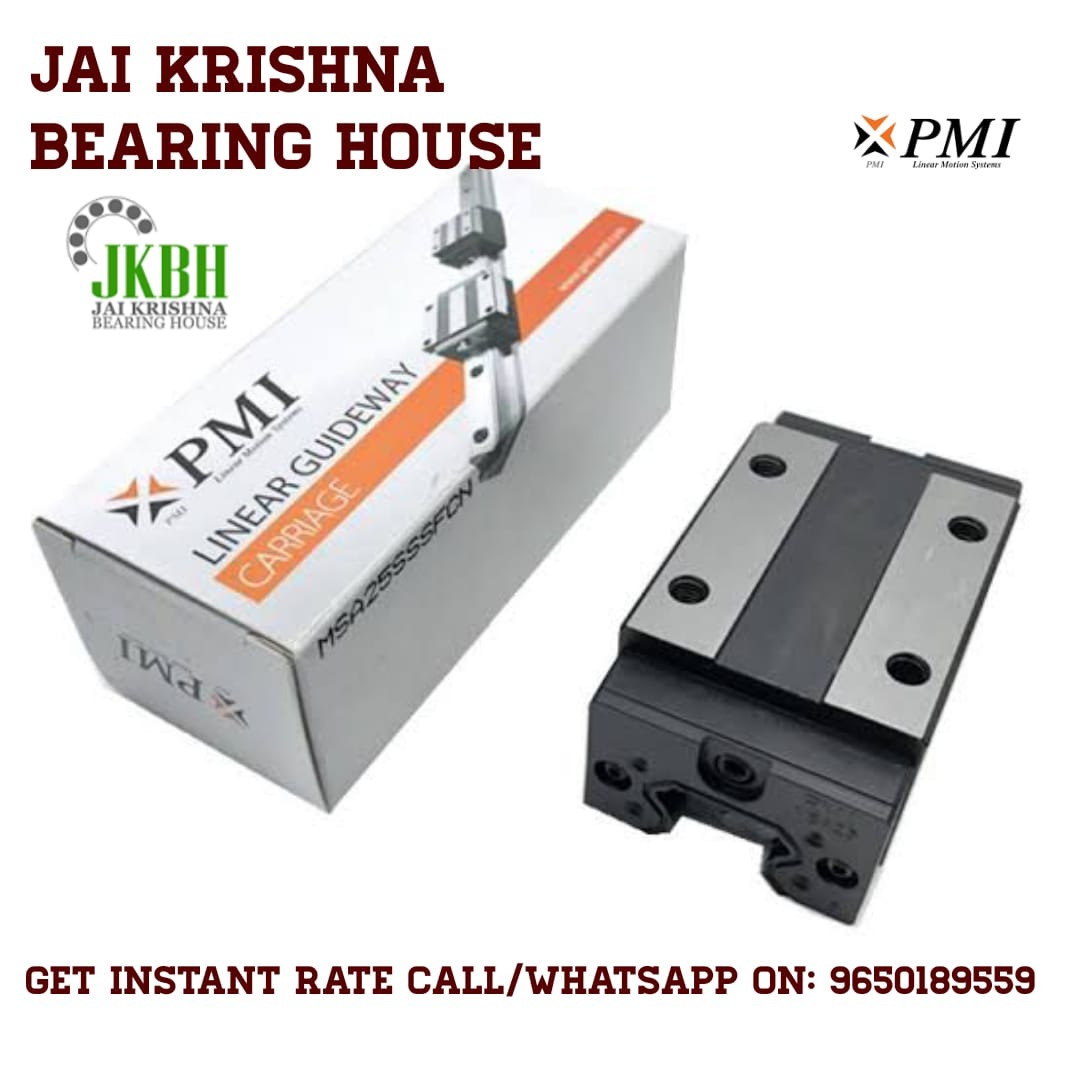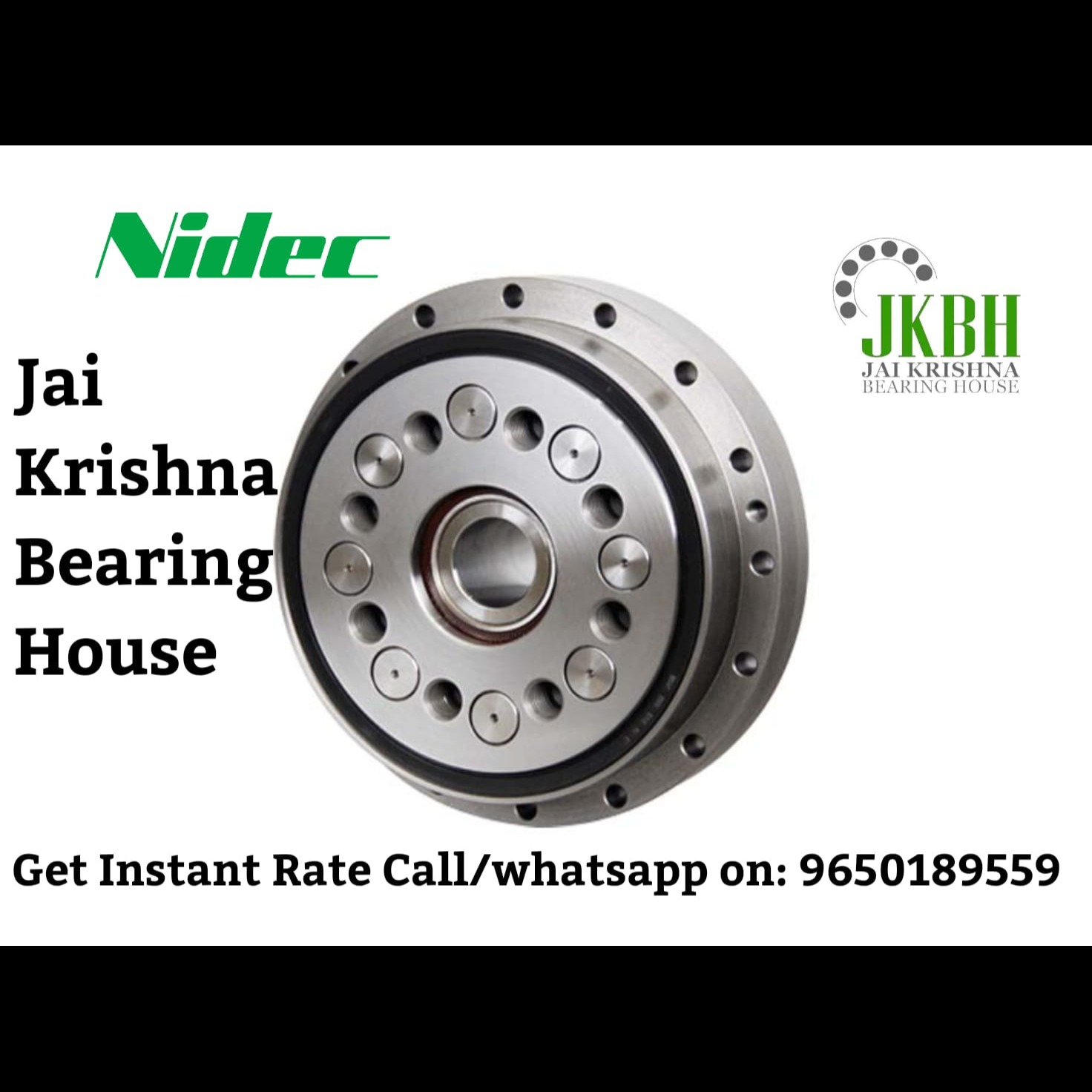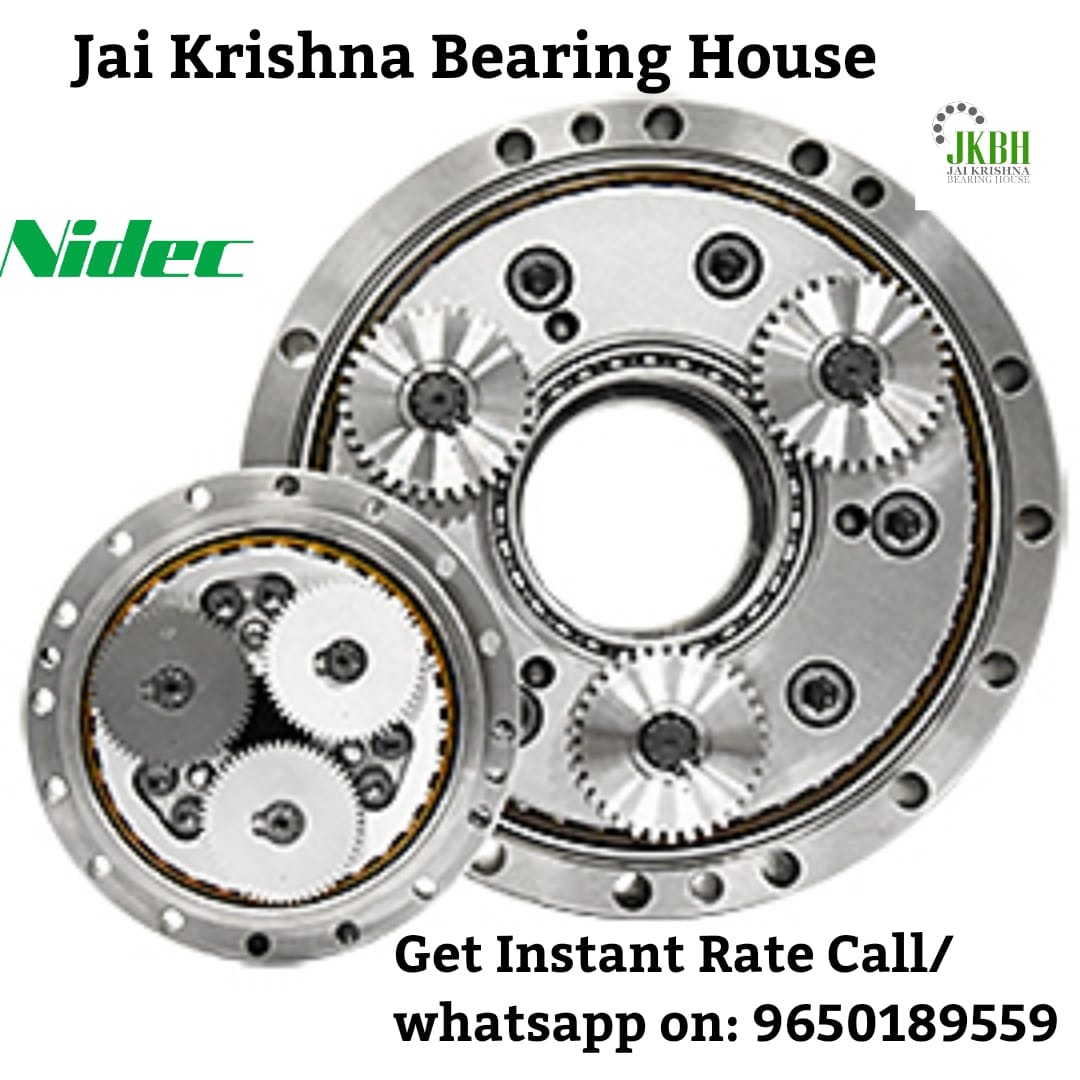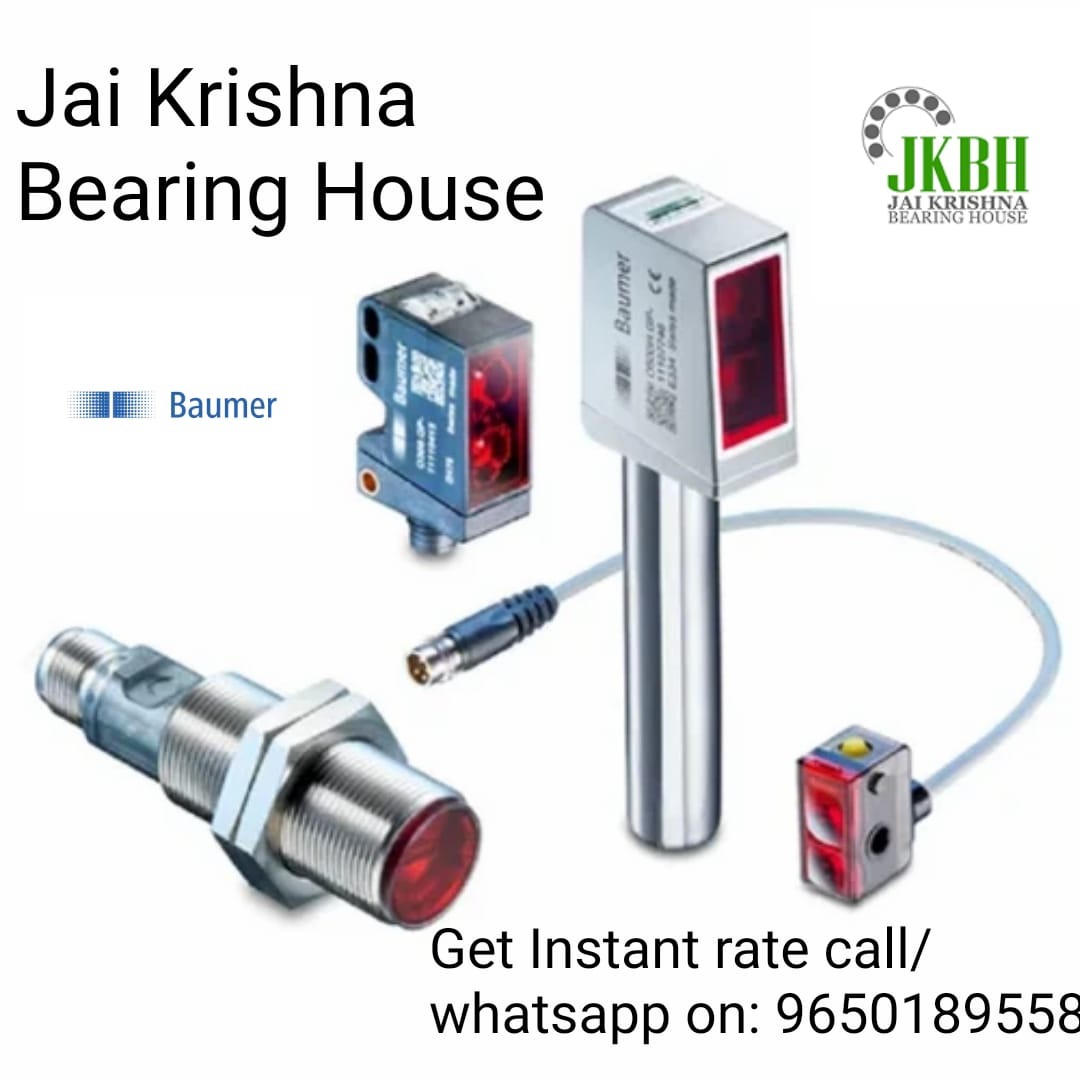
Baumer is a well-known manufacturer of sensors and automation technologies that are widely used in industrial applications. Their sensors are designed for high precision, reliability, and versatility, offering a wide range of products to meet various needs in automation, process control, and measurement systems.
Here’s a detailed look at some of the key types of sensors that Baumer offers:
1. Inductive Sensors
Function: These sensors detect metallic objects without physical contact by generating an electromagnetic field and measuring the change in inductance when a metal object enters the field.
Applications: Industrial automation, metal detection, position sensing.
Features:
High switching frequencies
Compact design
Robust and reliable even in harsh environments.
2. Capacitive Sensors
Function: Capacitive sensors detect objects based on changes in capacitance, which occurs when a target is in the sensing range, affecting the electrical field around the sensor.
Applications: Used for detecting non-metallic objects, liquids, or materials with low conductivity.
Features:
Can detect both conductive and non-conductive materials
Ideal for level monitoring in tanks, bins, and conveyors.
3. Ultrasonic Sensors
Function: These sensors emit high-frequency sound waves, and the time it takes for the sound waves to bounce back determines the distance to the object.
Applications: Distance measurement, level detection, object detection.
Features:
Works in various environmental conditions, including dusty or transparent materials
Can measure solid, liquid, or granular objects.
4. Optical Sensors
Function: Optical sensors detect objects based on the interruption of light, reflection, or change in intensity of light between the sensor and an object.
Applications: Object counting, edge detection, presence sensing.
Features:
Fast response times
Reliable for detecting small, transparent, or fast-moving objects.
5. Photoelectric Sensors
Function: Photoelectric sensors operate based on the principle of light reflection or light interruption, similar to optical sensors but often more specialized.
Applications: Packaging, sorting, robotics, material handling.
Features:
Offers both diffuse and through-beam configurations
High sensitivity and precise detection.
6. Temperature Sensors
Function: These sensors measure temperature changes and convert them into electrical signals. Baumer’s temperature sensors come in various types, including thermocouples and RTDs (Resistance Temperature Detectors).
Applications: HVAC systems, food processing, chemical processing, industrial automation.
Features:
Wide temperature ranges
High accuracy and stability.
7. Pressure Sensors
Function: Pressure sensors measure the force exerted by a fluid (liquid or gas) on a surface. Baumer offers sensors for both absolute and relative pressure measurements.
Applications: Hydraulic systems, pneumatic systems, process control.
Features:
High precision
Excellent performance in harsh industrial environments.
8. Rotary Encoders (Position Sensors)
Function: Rotary encoders measure the rotational position and speed of a shaft or axle.
Applications: Robotics, industrial machinery, automation.
Features:
High resolution
Incremental and absolute versions available.
Wide range of mounting options and communication protocols.
9. Displacement Sensors (LVDT)
Function: These sensors measure linear displacement or changes in position of an object with high precision.
Applications: Measuring small linear movements, position feedback in automated systems.
Features:
High accuracy and resolution
Reliable for measuring displacements even in rough conditions.
10. Level Sensors
Function: Baumer offers level sensors for measuring the level of materials, liquids, or solids.
Applications: Tank level monitoring, flow management, material processing.
Features:
Can be based on capacitive, ultrasonic, or radar principles
Precise measurement with minimal maintenance.
11. Flow Sensors
Function: These sensors measure the flow rate of liquids or gases in pipelines.
Applications: Water treatment, chemical processing, HVAC systems.
Features:
High accuracy for low and high flow rates
Available for various fluids and pressures.
Key Technologies & Features in Baumer Sensors:
Smart Sensors: Many Baumer sensors come with built-in intelligence, such as teach-in functionality or adjustable parameters, making them more flexible and adaptable to different applications.
Connectivity & Integration: Baumer sensors support various communication protocols, including IO-Link, Ethernet/IP, and Profinet, allowing easy integration into modern industrial networks.
High Durability: Baumer sensors are built to withstand harsh environmental conditions, including extreme temperatures, humidity, and exposure to chemicals or mechanical stress.
